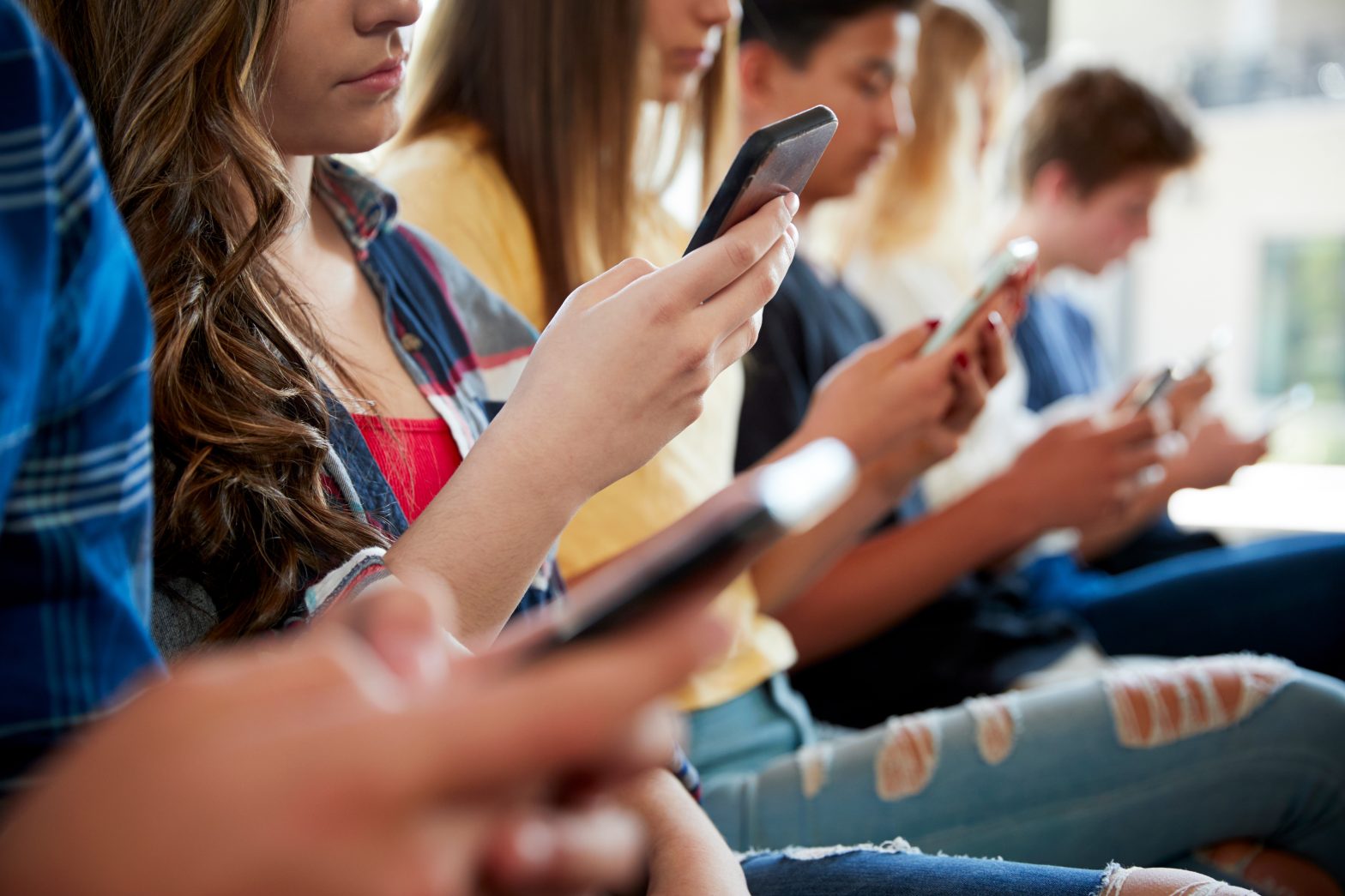
The use of cellphones in schools is a hot topic. While cellphones offer many benefits, they also bring challenges. Schools must carefully weigh the pros and cons when deciding how to handle cellphone use during the school day.
Pros of cellphone use
One of the biggest benefits of cellphones is their ability to give students access to educational resources. With just a few taps, students can research topics, use learning apps or watch instructional videos.
Cellphones also help students stay connected. They can easily communicate with teachers, classmates and parents, which can be useful for schoolwork or personal reasons.
In emergencies, cellphones can be vital. Students can use them to contact emergency services or report dangerous situations. Some schools have set up systems that allow students to report safety concerns anonymously using their phones. This helps keep schools safe by encouraging students to share important information.
Finally, cellphones help students develop important technological skills, which are essential for future jobs and success in our digital world.
Cons of cellphone use
Despite the benefits, cellphones can cause problems in school. One major issue is distraction. It’s easy for students to get off track if they’re focused on their phones instead of paying attention in class.
Social media is another concern. Excessive use of social media platforms can lead to cyberbullying, lower self-esteem and privacy issues.
Some students use their phones to cheat on tests or plagiarize work, which can go against school policies and harm their own learning.
There are also health concerns linked to prolonged phone use, such as eye strain and poor sleep. In emergencies, misinformation can spread quickly through their phones, causing panic.
Schools may face legal risks if students misuse their phones or if privacy issues arise due to phone use in the classroom.
Challenges for schools
Enforcing cellphone policies is difficult, especially in high schools. Nearly all teenagers in the U.S. have smartphones, which makes it hard for teachers to keep students from using them during class.
Despite the challenges, most teens feel that their phones help them do better in school. They believe the benefits, such as access to information and staying connected, outweigh the downsides.
Cellphones can be useful tools in schools, but they also bring risks. Schools need to find a balance, allowing students to use their phones in helpful ways while keeping distractions and problems under control.
Reference articles:
https://schoolsecurity.org/trends/cell-phones-and-text-messaging-in-schools/
https://www.pewresearch.org/short-reads/2024/06/12/72-percent-of-us-high-school-teachers-say-cellphone-distraction-is-a-major-problem-in-the-classroom/

Sarah Nelson is the director of IT and special programs of Central Rivers Area Education Agency, with offices in Cedar Falls, Clear Lake and Marshalltown. She can be reached at snelson@centralriversaea.org. Central Rivers AEA serves over 5,000 K-12 educators in 18 counties of north central Iowa to improve outcomes for over 60,000 students. Learn more at www.centralriversaea.org.
